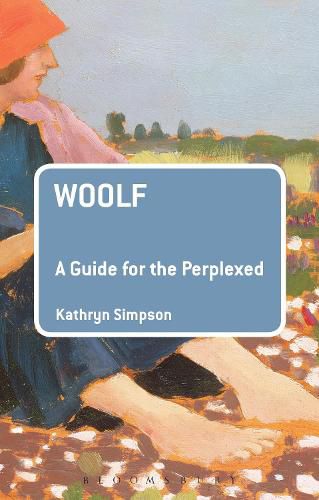Readings Newsletter
Become a Readings Member to make your shopping experience even easier.
Sign in or sign up for free!
You’re not far away from qualifying for FREE standard shipping within Australia
You’ve qualified for FREE standard shipping within Australia
The cart is loading…






Virginia Woolf is one of the best-known and most influential modernist writers; an iconic figure, her image and reference to her work and life appear in the most varied of cultural sites. Her writing is, however, in many ways kaleidoscopic and has given rise to a diverse and, sometimes, conflicting body of critical work. Whilst Woolf envisaged that her readers could be ‘fellow-worker[s]’ in the creative process, there is much to perplex any reader approaching her writing, especially for the first time.
Drawing on some of the main critical debates and on Woolf’s non-fictional writings, this guide untangles some of the difficulties and perplexities that can prove a barrier to understanding of Woolf’s writing. These include aspects of the process of writing (such as narrative techniques, formal structures, characterisation), as well as the thematic concerns so central to Woolf’s writing, the cultural context in which it emerged and to recent criticism, including representations of gender and sexuality, class and race.
$9.00 standard shipping within Australia
FREE standard shipping within Australia for orders over $100.00
Express & International shipping calculated at checkout
Virginia Woolf is one of the best-known and most influential modernist writers; an iconic figure, her image and reference to her work and life appear in the most varied of cultural sites. Her writing is, however, in many ways kaleidoscopic and has given rise to a diverse and, sometimes, conflicting body of critical work. Whilst Woolf envisaged that her readers could be ‘fellow-worker[s]’ in the creative process, there is much to perplex any reader approaching her writing, especially for the first time.
Drawing on some of the main critical debates and on Woolf’s non-fictional writings, this guide untangles some of the difficulties and perplexities that can prove a barrier to understanding of Woolf’s writing. These include aspects of the process of writing (such as narrative techniques, formal structures, characterisation), as well as the thematic concerns so central to Woolf’s writing, the cultural context in which it emerged and to recent criticism, including representations of gender and sexuality, class and race.